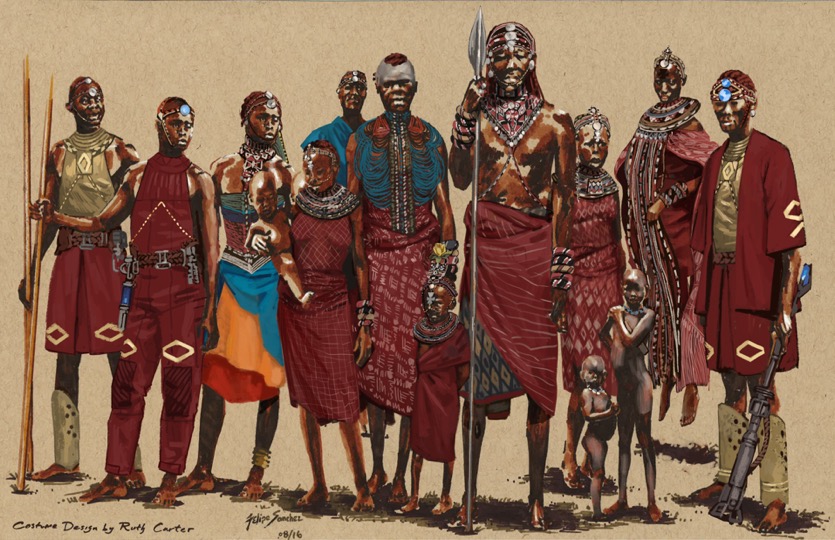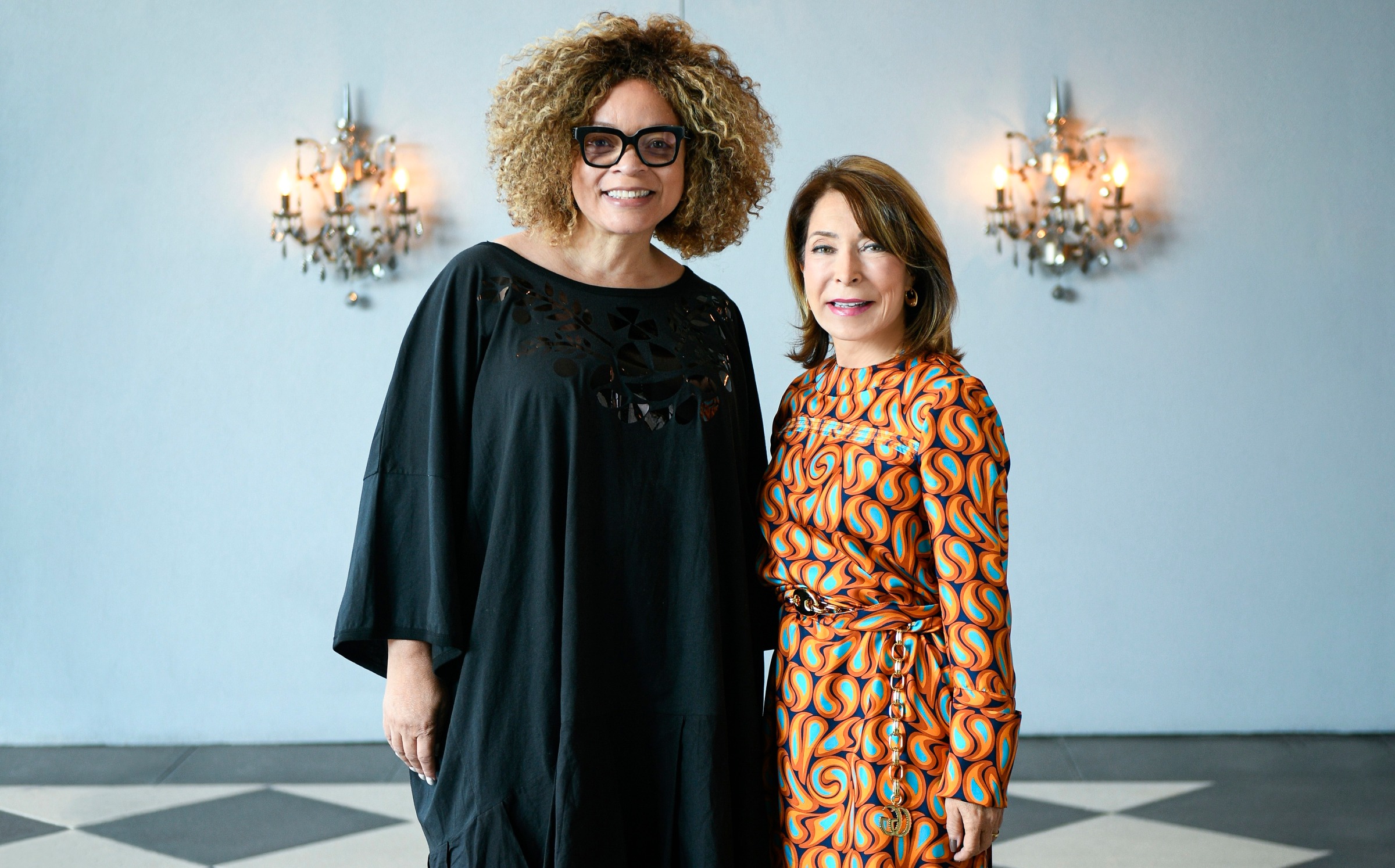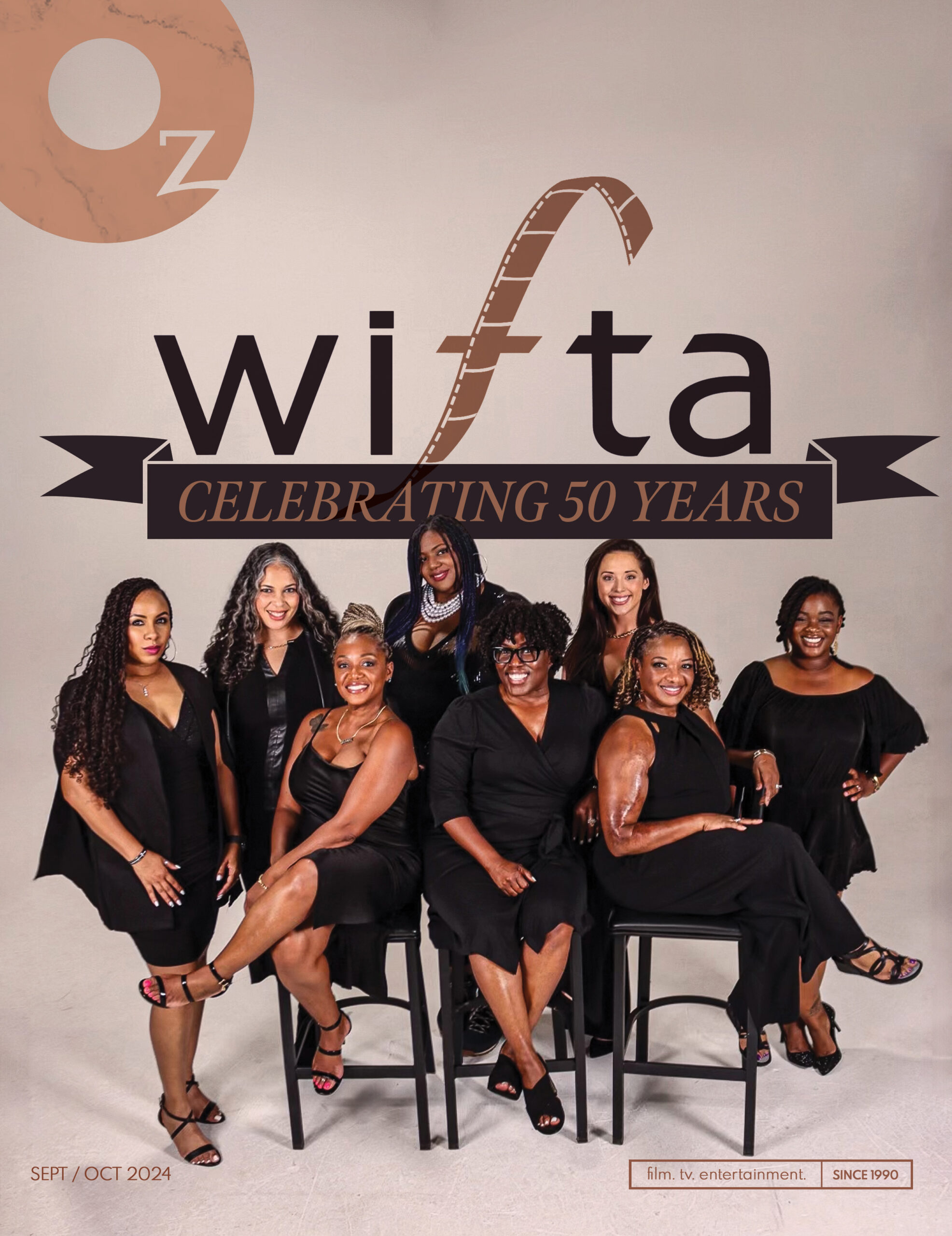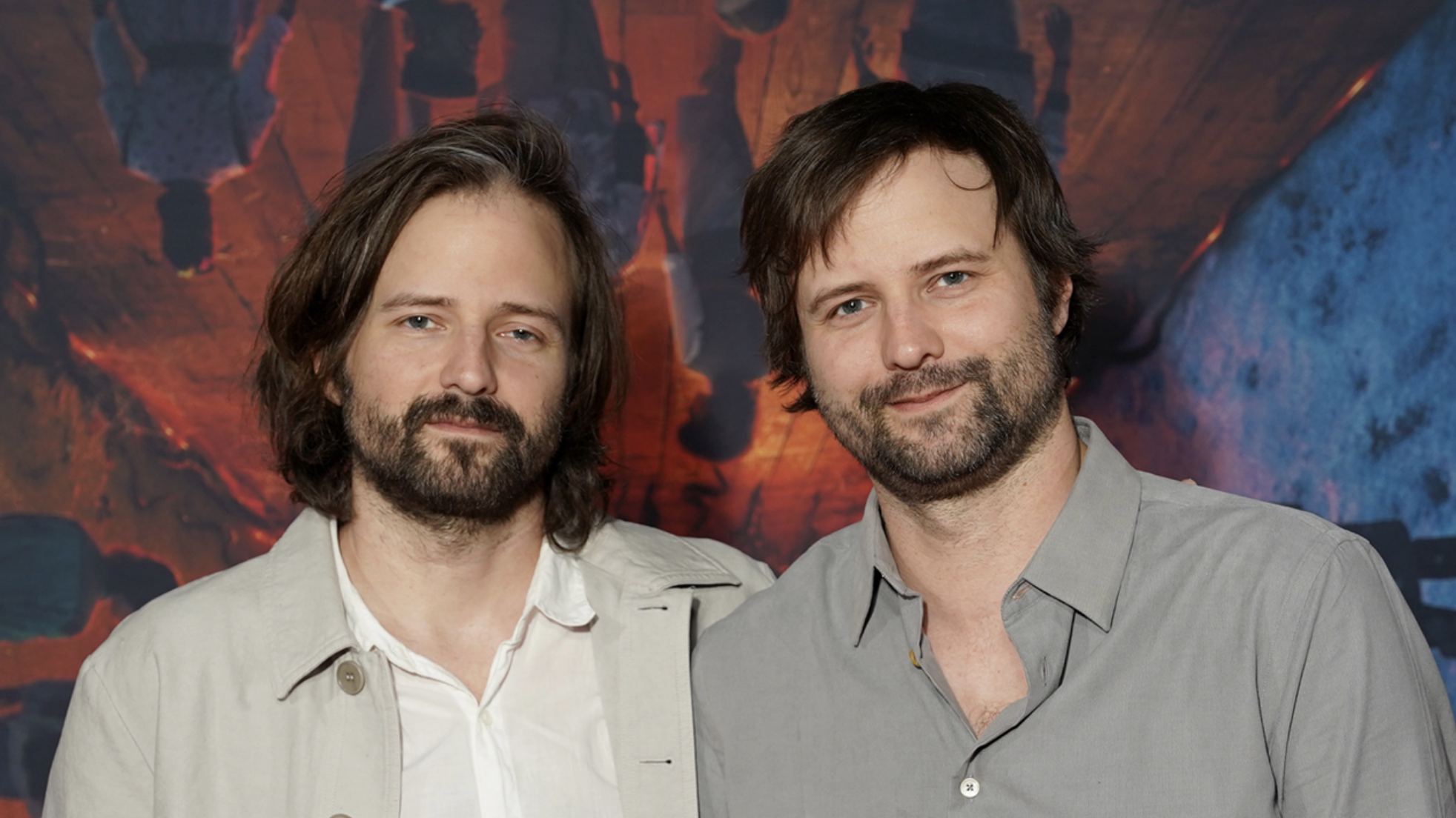
Academy Award Winner, Ruth E. Carter on the craft of costume design


Costume designer Ruth Carter has over 40 film credits. The three-time Academy Award nominee received the Academy Award for Best Costume Design in 2019 for her work on Marvel’s Black Panther. She was interviewed by Paula Wallace, founder/president, SCAD, (Savannah College of Art and design).
Paula Wallace: Ruth, it’s always so nice to see you. You have such a cheerful smile and so much to say. I know I’m in good company, and SCAD loves your visits! Let’s start by talking about your early career, and your relationship with Spike Lee. You’ve done 14 films with him.
Ruth E Carter: Hard to believe. At the beginning we were all young filmmakers, and I always had a dream to [be a costume designer]. I met Spike soon after graduating from college, and he was telling me how to get experience with film. He said, “Go to UCLA. Go to USC. Get on a student project. They use the same film equipment that the big studios use.” So I took his advice. I went to USC and signed-up for a student thesis project and, before long, I was working on a movie set on the weekends. It was the first time I heard “Cut!”
PSW: Spike Lee reportedly called you up soon after, and said “Ruth, this is the man of your dreams.” And you replied, “Denzel Washington?” Is that true??
PSW: REC: (Laughter). I did get a call one morning, and back then I might’ve even said, “Billy Dee?” But it was Spike asking me to do his first studio film. That was School Daze. I had gone to Hampton University, so I knew about sororities and pledging, the whole student life thing. That was a great film to start with.
PSW: You’ve dressed a lot of heroes since then. What was the difference between dressing Chadwick Boseman as Thurgood Marshall, Supreme Court justice, and as Black Panther?
REC: Well, I think that the biggest thing about the two is that they both have a story. Thurgood Marshall is a superhero. He was a Supreme Court justice, and he was one of the first attorneys for the NAACP. Knowing that his greatness and his trajectory would be played out in his costumes was a way for me to look at how we were going to tell his story. He had a certain look as a young man, as a young lawyer. And then, as he got older, he had another look as a Supreme Court justice. So, when we dealt with him as this young man, Chadwick had all the accoutrements of a young man in the 1940s. In Black Panther, we were showing T’Challa in his world, in his environment, as the king of Wakanda and the palace. I had to come up with a story that was regal, a story of a superhero beyond just the Black Panther suit.
PSW: I love the story that you told about the capes for the border tribe warriors.
REC: The border tribe wore blankets. They wore Lesotho blankets from South Africa. When Ryan Coogler was asked to direct Black Panther, he felt like he wasn’t comfortable directing a film about Africa having never gone there. So, he went to Africa and he spent some time with the Lesotho people in South Africa, and he saw their beautiful blankets. So when I came on, he asked me to get these blankets for the border tribe and he wanted me to lace them with vibranium. We printed beautiful vibranium symbols on one side of the blanket so they could use them as shields when they were fighting. I imported 150 blankets from South Africa and they were heavy, made with these beautiful colors with beautiful prints all over, and we ended up screen printing them with the vibranium silver, vibranium on one side. Then Marvel saw them during our camera test and said, “You can’t use them.” And I said, “Why?” We’re close to shooting, or maybe we were just around Christmas and supposed to start shooting in January, early January. And they said, “They’re too thick. They just don’t drape like we like them to.” So, one of my assistants, Caroline Errington, said, “I’m going to get a shaver,” a man’s razor. She sent the PA out, and he came back with a razor. She put the blanket on the table, and [razor sound] she shaved one down. Two hours later we had a thinner blanket. But I said, “We have 150 of these.” We ended up shaving all 150….
PSW: All 150?
REC: Yes! All 150 of those blankets, and we showed them to Marvel and they approved. We’ve gone into this new era: it’s not acceptable to be basic. You remember Batman of the 60s? He was just in a leotard! Now, we need $300,000 to make that same costume.
PSW: Wow. Great art takes real dedication. Seems like, especially with feature films, it also takes a village. How important is networking?
REC: I’ve been very lucky. I haven’t had to network much because Spike keeps calling.
PSW: 14 times!
REC: That’s right. In between Spike Lee gigs, I’d go back to Los Angeles. So that’s where I actually lived. I worked with Robert Townsend on The Five Heartbeats. I worked with Keenan Ivory Wayans on I’m Gonna Git You Sucka. I cut my teeth bouncing back and forth between filmmakers. It was a great time. We were writing our stories, we were telling our stories, we were independent filmmakers, so we were like a tribe. We were like a troupe, and every time there was a new deal on the table, Spike would say, “We’re Marvel Studios’ Black Panther 38 Oz Magazine – film. tv. entertainment. SINCE 1990 going to do it again.” And that went on for 15 years. I got an Oscar nomination for Malcolm X and another one for Amistad. People started to get to know me in the industry as a costume designer, and I’d branch out. There are things that people don’t realize that I did. I did the pilot for Seinfeld.

“I also did Black Panther in Georgia and had to rely on Georgia’s local labor pool of artists and artisans to get the job done, and I have found that some of the best creative artists are right here in Georgia!”
PSW: You did? That’s quite a range. So what can you tell us about these costumes that we’re going to be seeing in Dolemite and in Coming 2 America?
REC: I told everyone while I was making Black Panther, “This is not Coming To America. It’s going to look different.” And then, here I am on Coming 2 America, and I’m telling everyone, “This is not Black Panther!” In Dolemite I want everyone to experience the 70s the way that I knew it. I was born in the 60s so I remember the 70s. I had blue bell-bottom jeans. I had the afro. I wanted it to be remembered in a good way, because we liked those clothes. I wanted people to experience the 70s in a really positive way. I didn’t want the costumes to be the butt of the joke. I wanted them to really be a reminiscence of what I remember seeing myself and thinking it looked great, it looked cool, people are dressed well and looked nice.
PSW: Not a caricature; a homage. And when you do these things, they have a huge impact on the creative community you lean on, right? How does the Atlanta creative community, like hairstylists for example, get to work on films like Black Panther?
REC: During Black Panther, I remember wonderful ideas from Atlanta hairstylists, especially when we had so many tribes on the Warrior Falls. The Himba women have red clay hairdos, and I was presented with a lot of different styles that they were making in advance to go on the actors who were portraying different tribesmen. One thing is for sure: we come here for the film incentive. We come here for the tax break. We come here to save and stretch our dollar. So, bringing people from LA and paying them for a per diem and housing is counterproductive. I want to say that, because I’ve met so many creative people in Atlanta and seen so many wonderful things that they’re doing.
PSW: You’ve worked on a number of films in Georgia, including Keeping Up with the Joneses, Being Mary Jane and Selma. Do you have any unique memories to share with our Georgia readers?
REC: Yes! I also did the Black Panther in Georgia and had to rely on Georgia’s local labor pool of artists and artisans to get the job done and I have found that some of the best creative artists are right here in Georgia!







